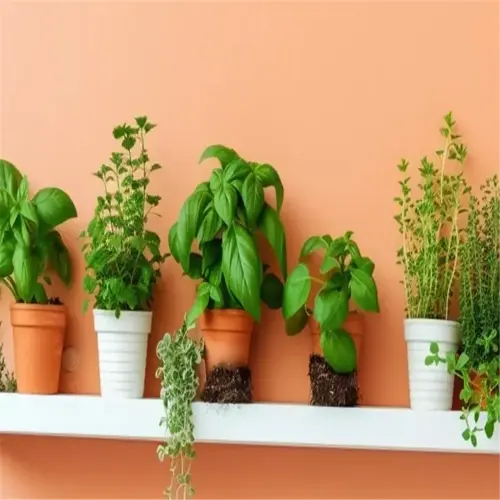Why do some cuttings never develop roots?

Written by
Tina Carter
Reviewed by
Prof. Charles Hartman, Ph.D.Successful propagation from cuttings involves some common pitfalls you will need to avoid, as most cuttings will fail because of unknown factors, such as disease in the stems or incorrect node placement. My first batch of basil grew fungus and wilted because I used old growth. Healthy stems and proper technique can make root development highly predictable. Verify that your parent plants are vigorous and free of pests.
Plant Material Selection
- Choose stems without spots or pests
- Avoid woody or flowering stems for water propagation
- Cut 4-6 inches below a leaf node
Humidity Control
- Mist cuttings daily if no dome is used
- Ventilate plastic covers for 10 minutes daily
- Use a hygrometer to maintain 70-80% humidity
The location of the nodes will determine the success of your propagation. My pothos cuttings seemed to fail until I submerged two of the nodes. For propagation in soil, stick the stems deep into the soil so you cover the nodes with the soil. If you overwater, you'll drown the roots - wait until the topsoil has dried out before adding more moisture. Terracotta pots will wick excess moisture away from the soil.
Prevention & Recovery
- Trim rotting stems above nodes and restart
- Dip cuttings in hydrogen peroxide (1:3 ratio) before retrying
- Switch to filtered water if tap water causes browning
To minimize disease transmission, share only healthy cuttings. In my gardening group, we label plants with rooting date and source of origin. Don't propagate patented hybrids that have ® symbols on them. Sustainable, healthy cloning is powered by knowledge, so keep track of what works and share the knowledge with others.
Read the full article: The Complete Guide to Grow From Cuttings Successfully

